The use of wild animals in circuses has long been a subject of ethical debate and concern.
While these performances may seem entertaining, they often hide harsh realities of animal treatment.
Countries around the world are increasingly banning such acts in favor of more humane entertainment options.
This blog explores five sad truths behind the lives of circus animals and five compelling reasons why nations are taking legislative action.
Cruel Training Methods

Under the big top, behind the curtain, lies a story of tears and struggle. Wild animals in circuses endure cruel training methods to perform unnatural tricks. Trainers often use whips, chains, and electric prods. Imagine the fear in a tiger’s eyes, coerced into jumping through fiery hoops.
Such methods inflict physical pain and psychological trauma. Many animals spend their lives in fear, responding not out of respect but from dread of punishment. These practices leave lasting scars, both visible and invisible. It’s a grim testament to human domination over nature, disguised as entertainment.
Lack of Natural Environment
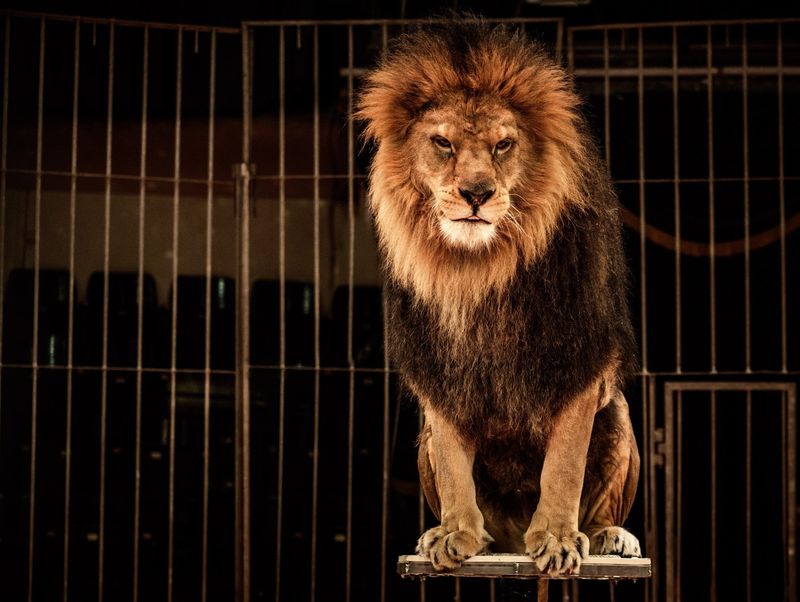
A lion confined in a cage isn’t just a spectacle; it’s a tragedy. Circuses deny animals the natural environments they need for physical and mental well-being.
Imagine a bear, stripped of its freedom to roam forests, now pacing a cramped cage. The loss of a natural habitat leads to stress and abnormal behaviors. These creatures, once rulers of vast lands, are reduced to mere performers.
Their majestic spirits, now broken, are confined to cold, steel bars. The barren, artificial settings offer no solace, only furthering the misery of these imprisoned souls.
Poor Living Conditions

In the shadows of the circus tent, poor living conditions are a silent tormentor. Animals are often kept in small, unhygienic enclosures, devoid of comfort. Picture an elephant, majestic yet marred by the stench of neglect.
Cages littered with waste, inadequate shelter from harsh weather, and lack of veterinary care paint a grim picture. These conditions lead to disease and distress. The animals, once symbols of wilderness, suffer silently in squalor. Such neglect isn’t merely oversight; it’s a deliberate ignorance of their basic needs. Their plight is a cry for compassion.
Constant Transportation
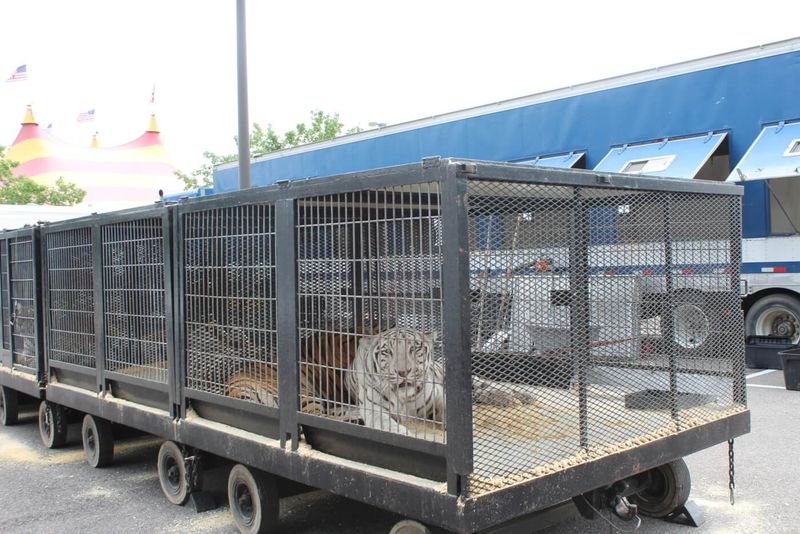
Roads become prisons for circus animals, constantly on the move. Transportation in cramped, unsuitable vehicles is a constant ordeal.
A tiger, once a symbol of strength, now looks weary through metal bars. The noise, vibration, and confinement during frequent travels cause immense stress. Constant relocations deny these animals any semblance of stability. Imagine the toll it takes, both physically and emotionally. It’s a life of perpetual unrest and anxiety, far removed from their natural instincts. Such relentless travel amplifies the suffering, making each journey a torment.
Limited Lifespan
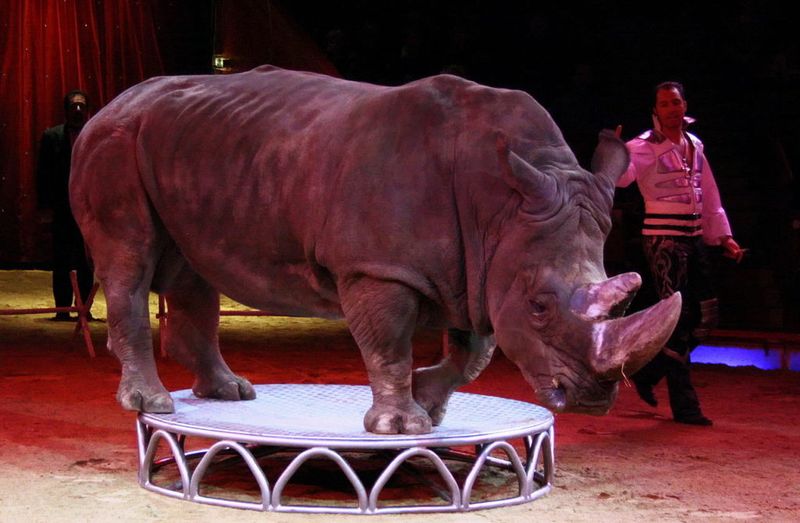
Circus life steals years from wild animals. The stress and poor living conditions lead to a limited lifespan. An elephant, once vibrant, ages prematurely under the circus spotlight.
The constant pressure to perform, inadequate diets, and lack of medical care contribute to early decline. These majestic creatures are shadows of their potential selves, their lives cut short by the relentless demands of entertainment. It’s a heartbreaking reality that these animals, despite their grandeur, live shortened lives in captivity, denied the chance to thrive in their natural habitats.
Rising Public Awareness

Public perception has shifted towards empathy and understanding. A growing number of people now recognize the unethical treatment of circus animals.
Activists gather outside circus tents, their banners proclaiming a new era of compassion. These efforts have sparked conversations and ignited change. Society’s growing awareness challenges the status quo, urging lawmakers to reconsider animal welfare laws. This societal shift reflects a broader movement towards humane treatment. It’s a testament to the power of collective voice, demanding that entertainment no longer comes at the cost of cruelty.
Legislative Changes
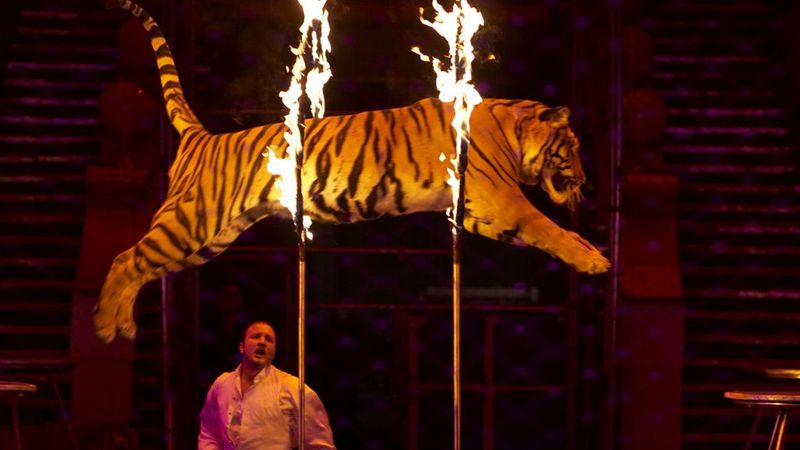
Governments worldwide are responding with legislative changes. Politicians speak passionately about banning circus animals, addressing crowds inspired by the movement.
These laws reflect a commitment to welfare and ethical entertainment. Countries like Italy and India have set precedents by enacting bans. Such legislation is a victory for animal rights advocates. It signifies a shift in societal values, recognizing that animals deserve respect and protection. The legal framework continues to evolve, ushering in a future where circuses can captivate audiences without compromising ethics.
Ethical Entertainment Alternatives
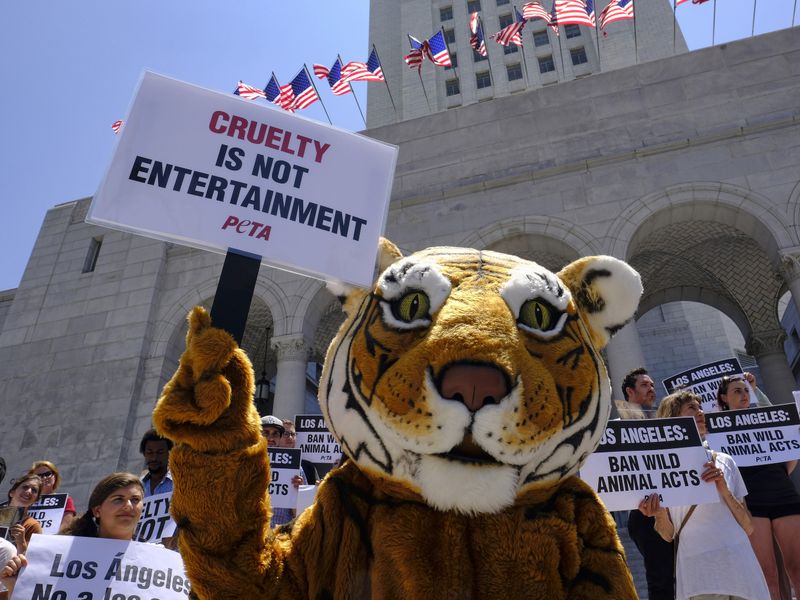
As traditional circuses face scrutiny, innovative alternatives are emerging. Digital performances featuring holograms and acrobatics captivate audiences without exploiting animals.
These modern spectacles showcase creativity and technology, offering ethical enjoyment. Imagine a circus where the only roars come from thrilled spectators, not caged lions. The shift towards humane entertainment reflects a conscious choice. It’s about embracing imagination over exploitation, proving that wonder doesn’t require cruelty. Audiences worldwide are embracing this new era, where technology and artistry combine for guilt-free enjoyment.
Cultural Shifts in Entertainment

The cultural landscape of entertainment is evolving. Families now seek experiences that align with modern values of kindness and respect.
A modern, animal-free circus offers laughter without guilt. Children clap with joy, their curiosity piqued by performers who amaze without harm. This shift is a reflection of changing societal norms. Entertainment is no longer bound by outdated practices. Instead, it embraces inclusivity and empathy. It’s a celebration of creativity that respects all living beings, marking a milestone in how societies choose to entertain and educate.
Global Movements and Campaigns
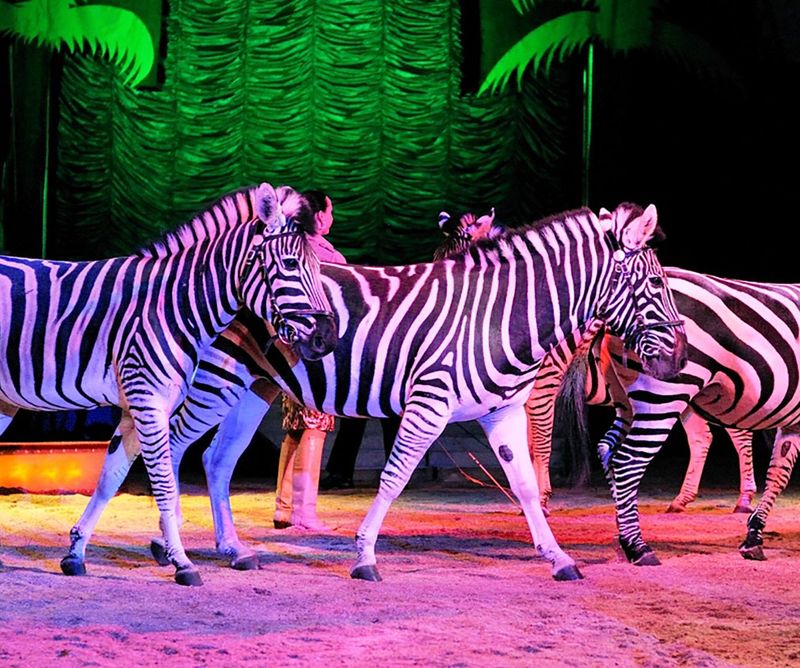
Global movements are at the forefront of advocating for circus animal rights. International conferences bring delegates together, united in their mission to end animal exploitation.
These campaigns are driven by a shared vision of a world where animals aren’t performers but respected beings. Collaboration across borders fosters a strong network of advocates pushing for change. It’s a global chorus demanding that entertainment evolves beyond cruelty. As these efforts gain momentum, they inspire hope for a future where circuses can enchant without harm, celebrating life rather than subjugating it.

